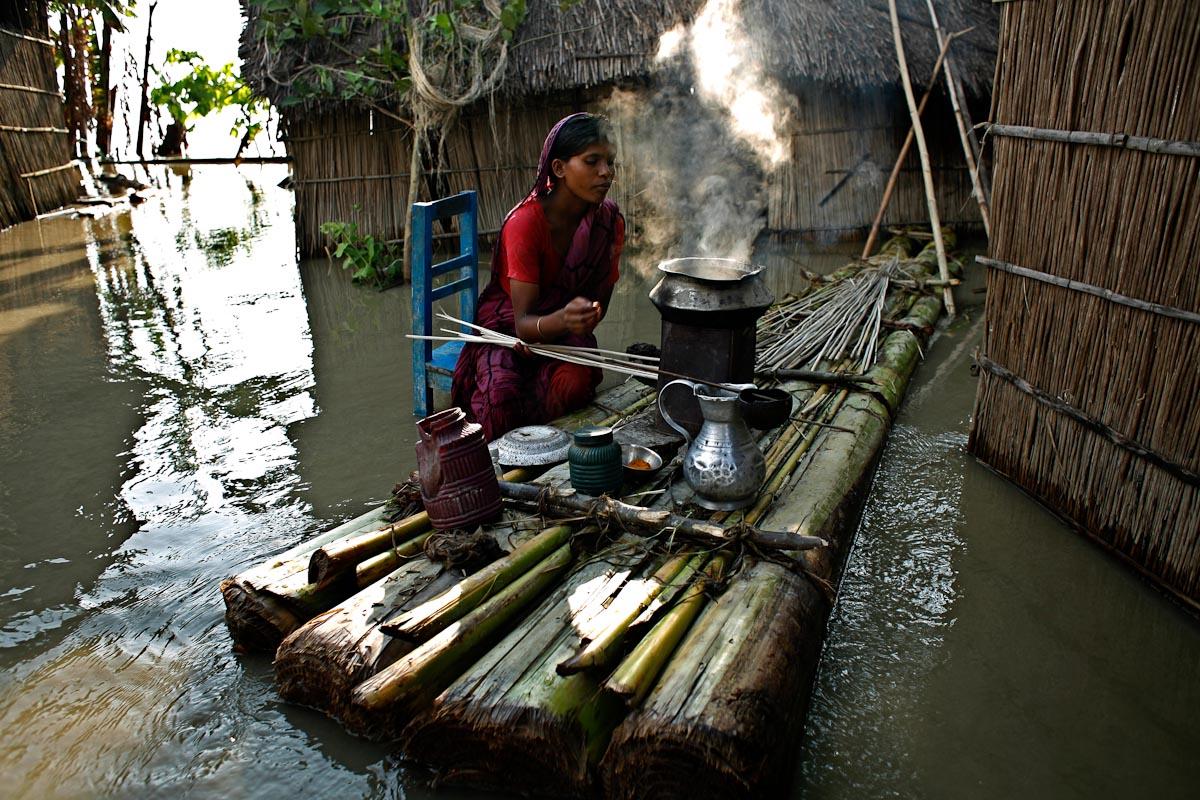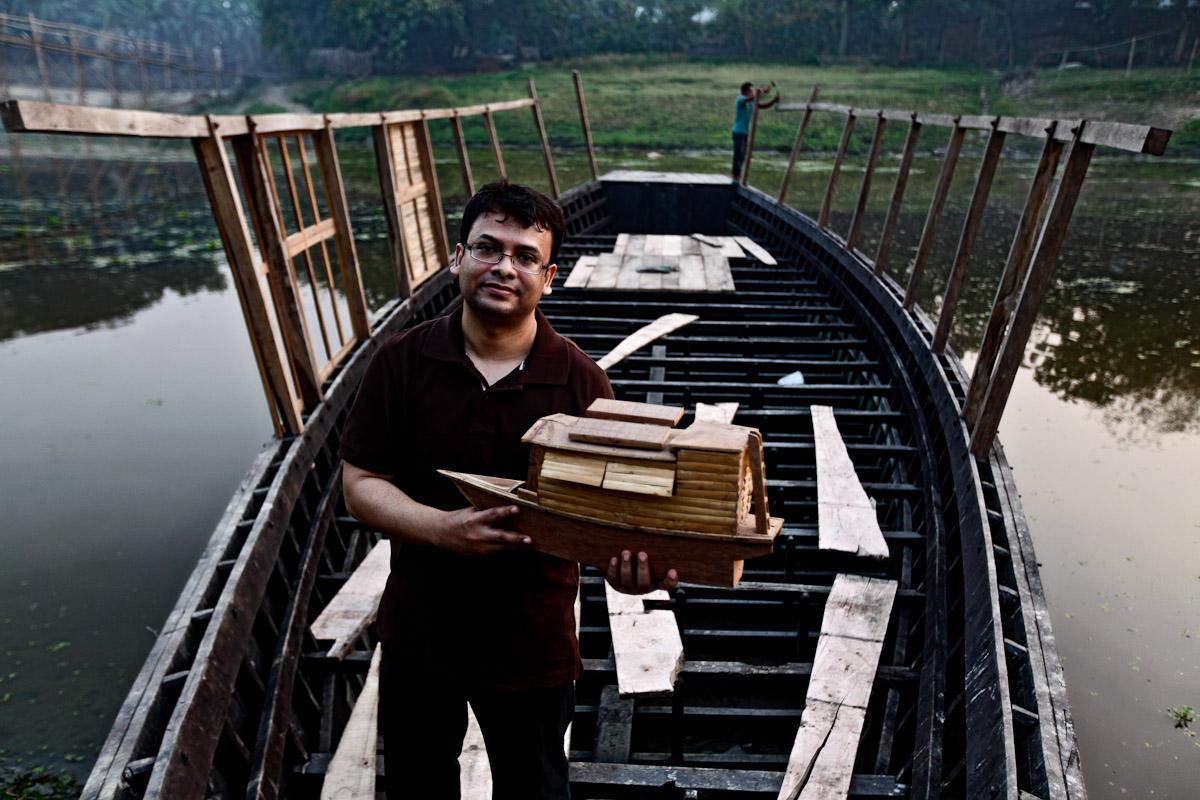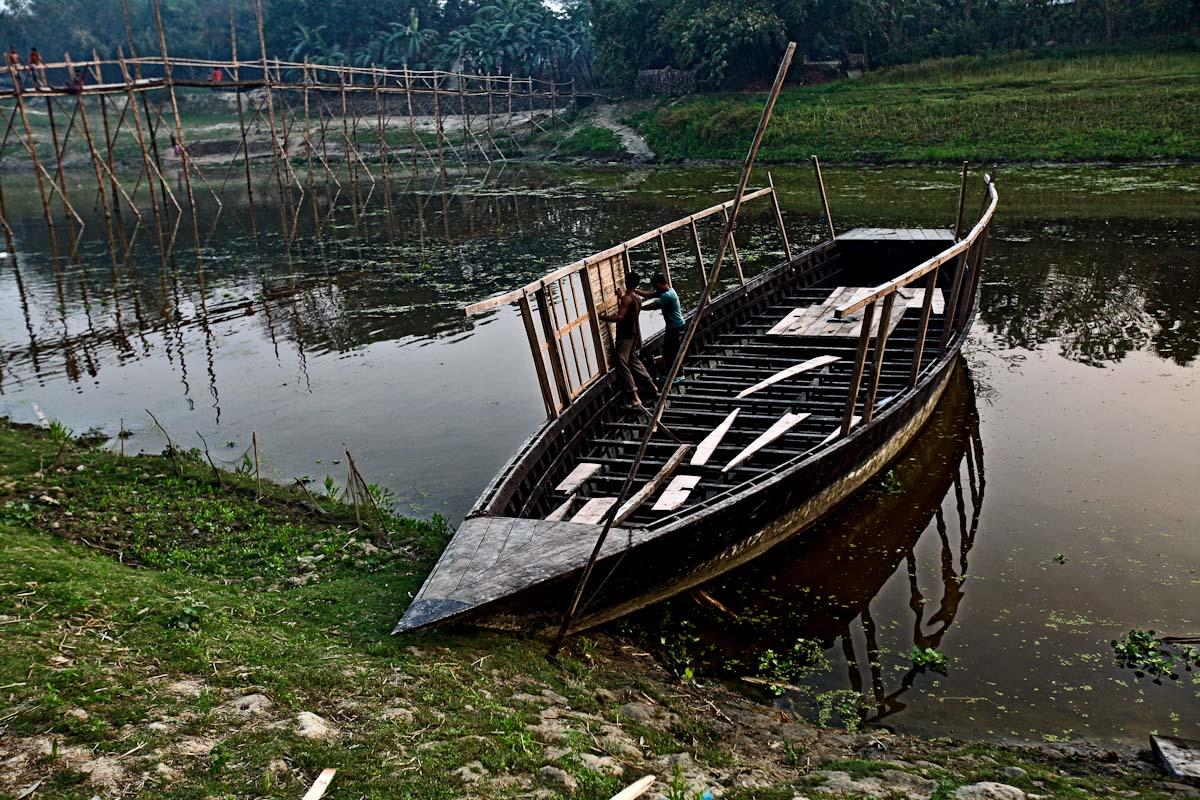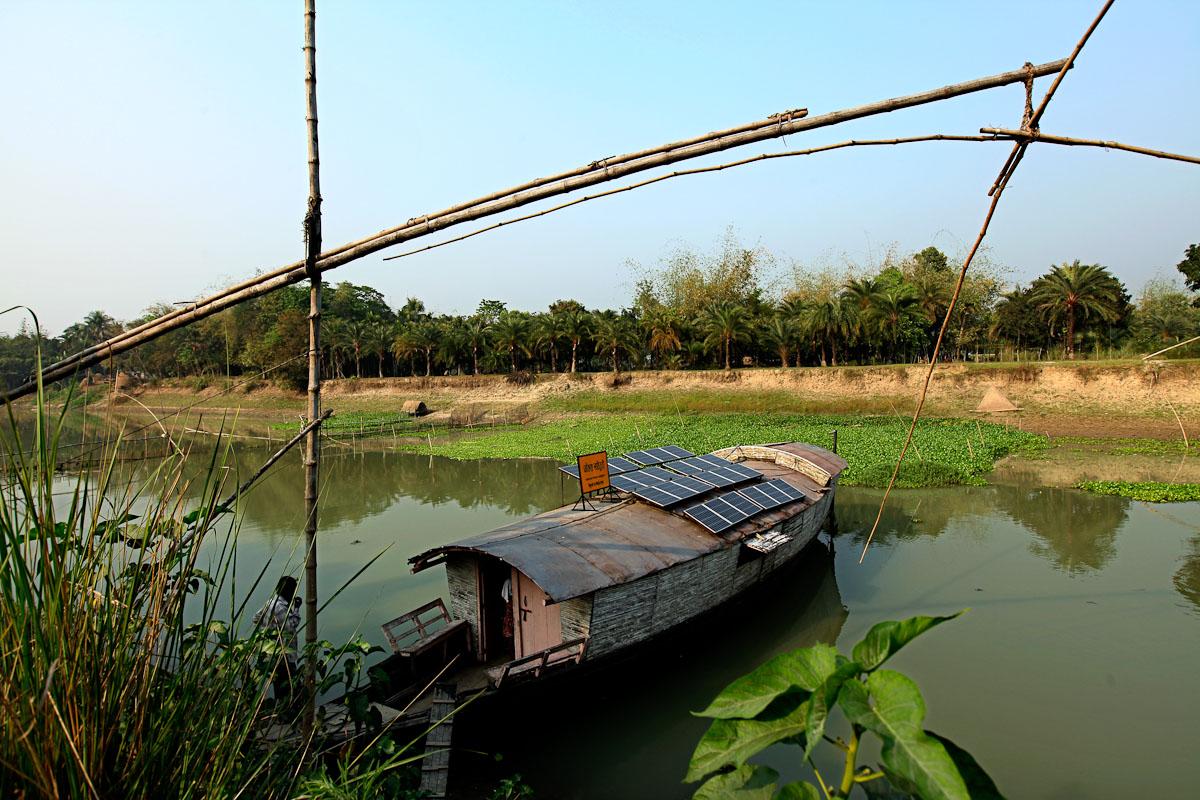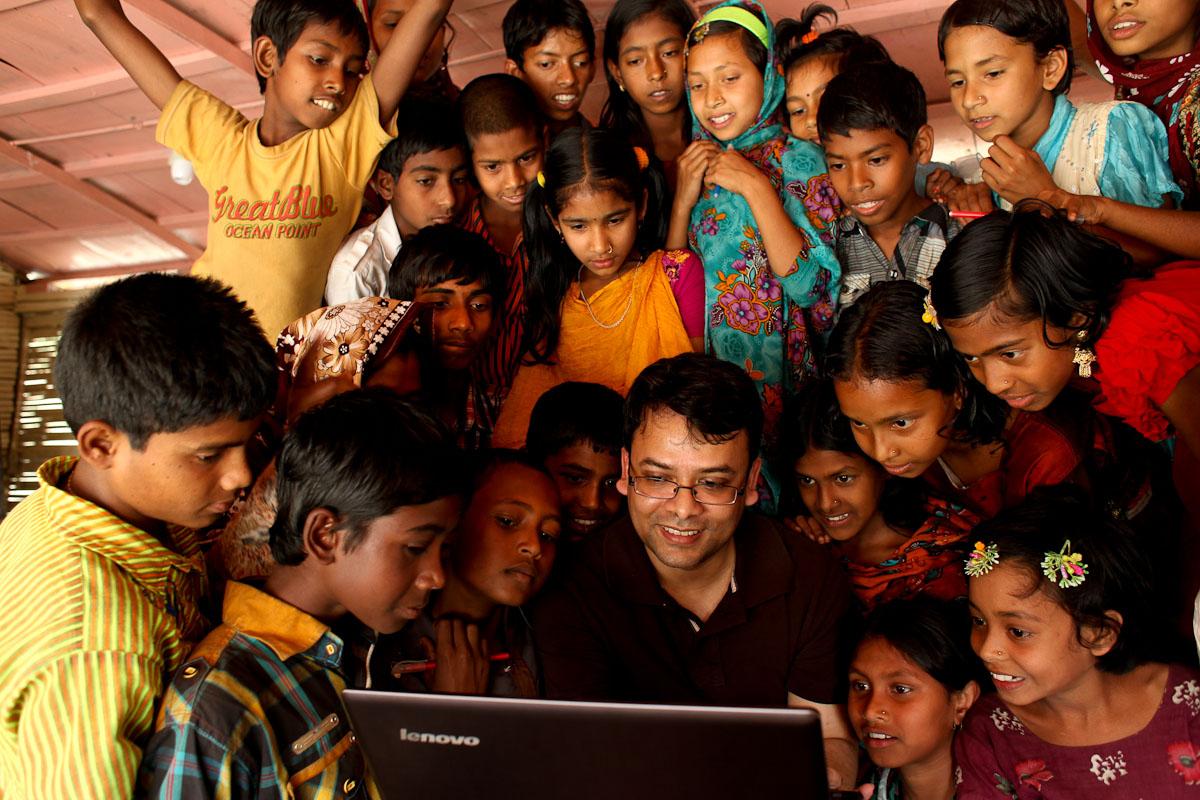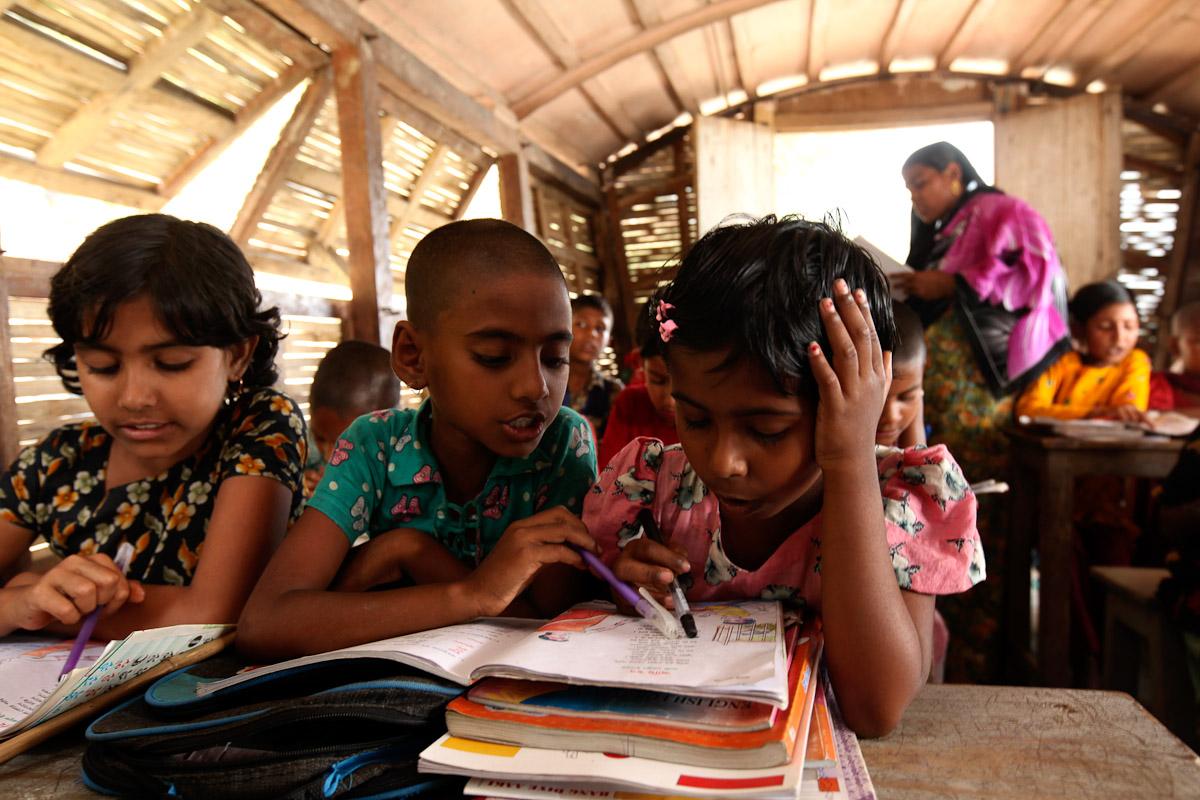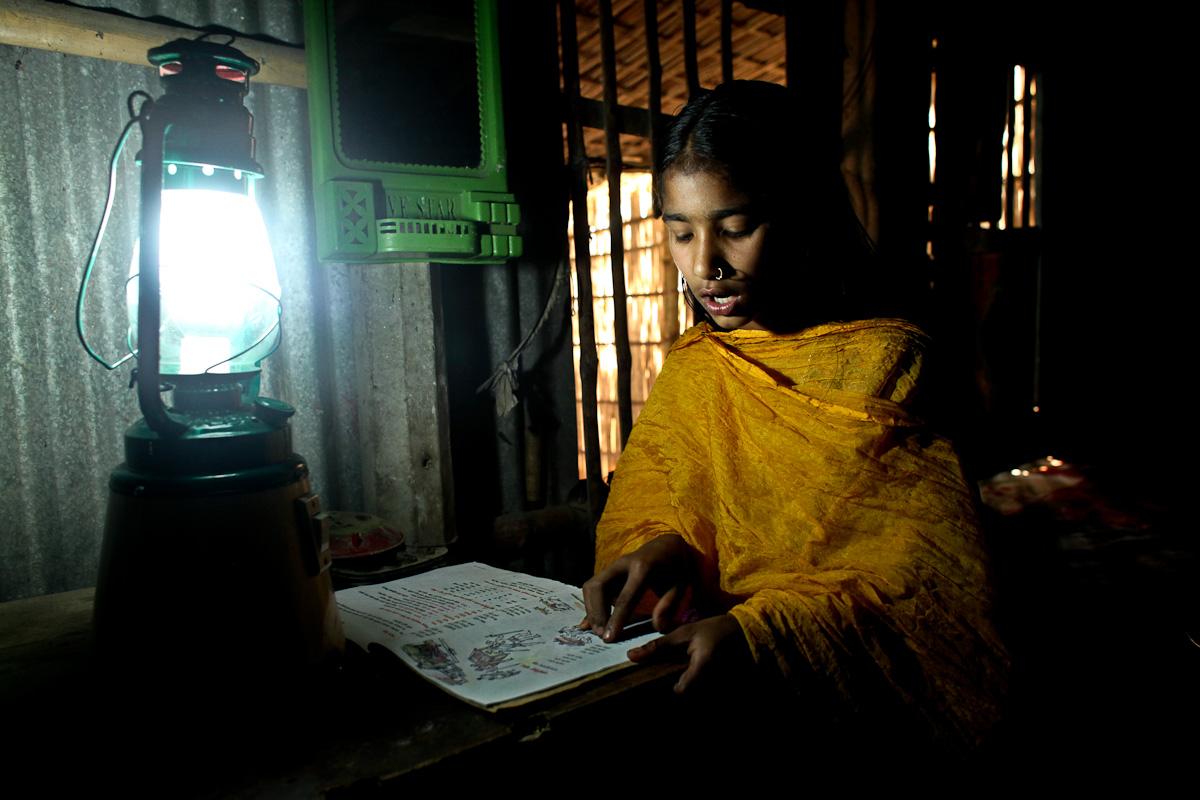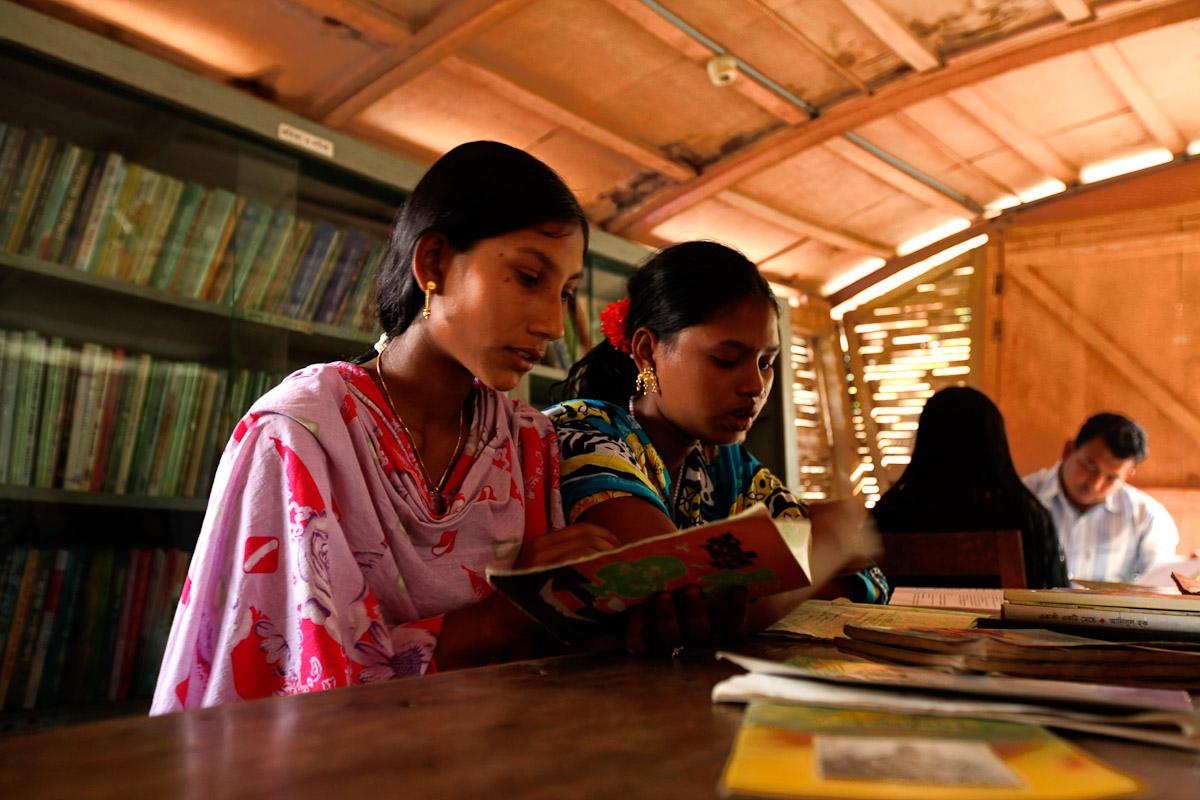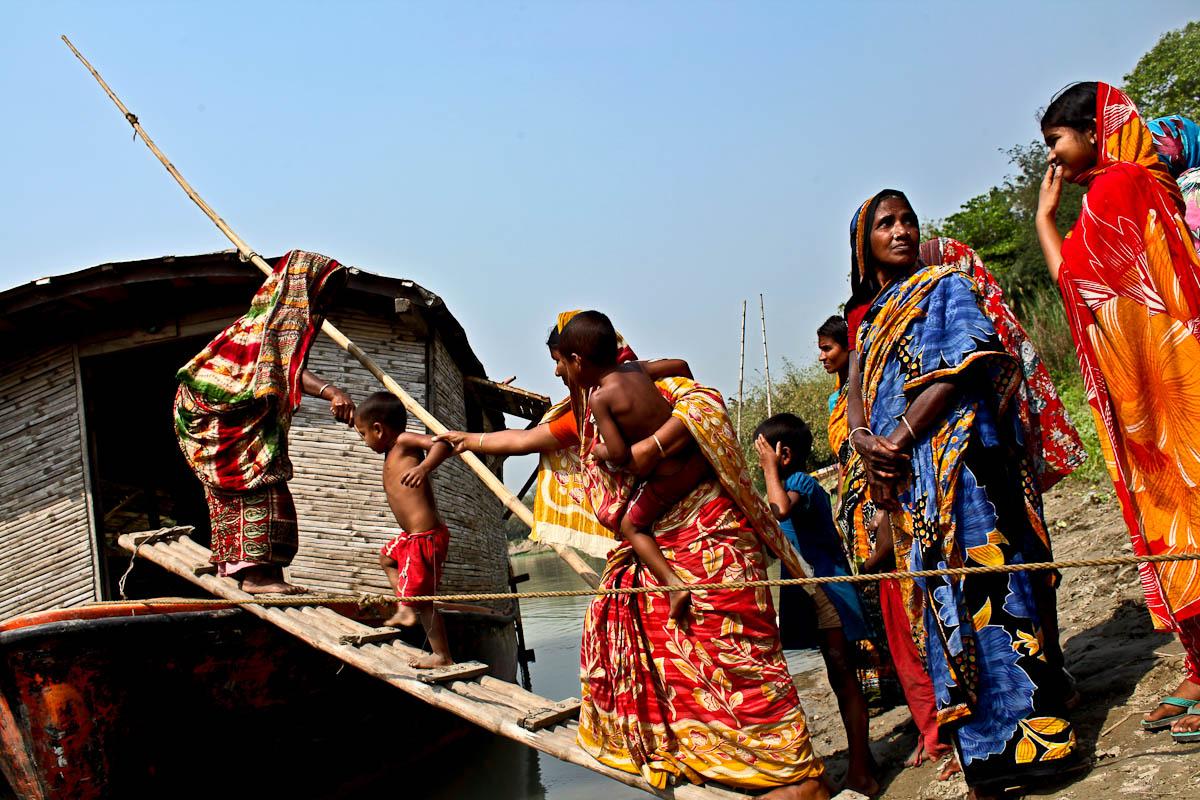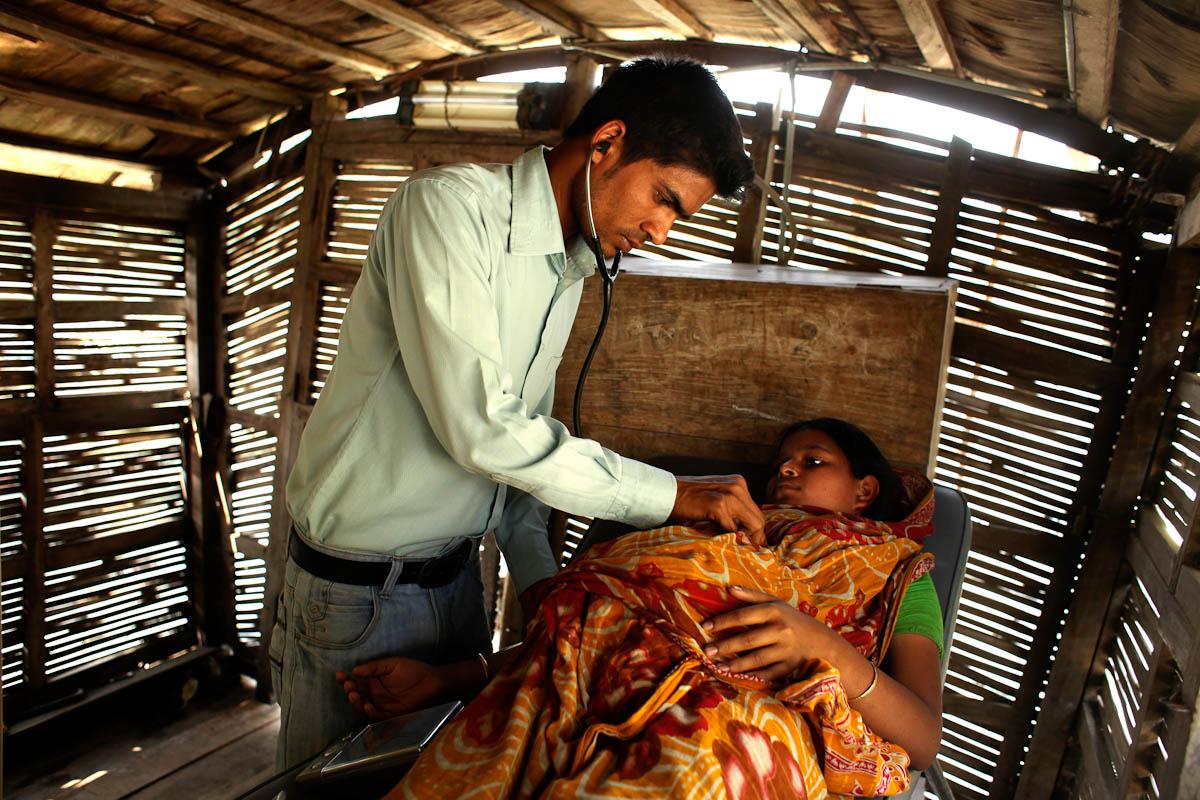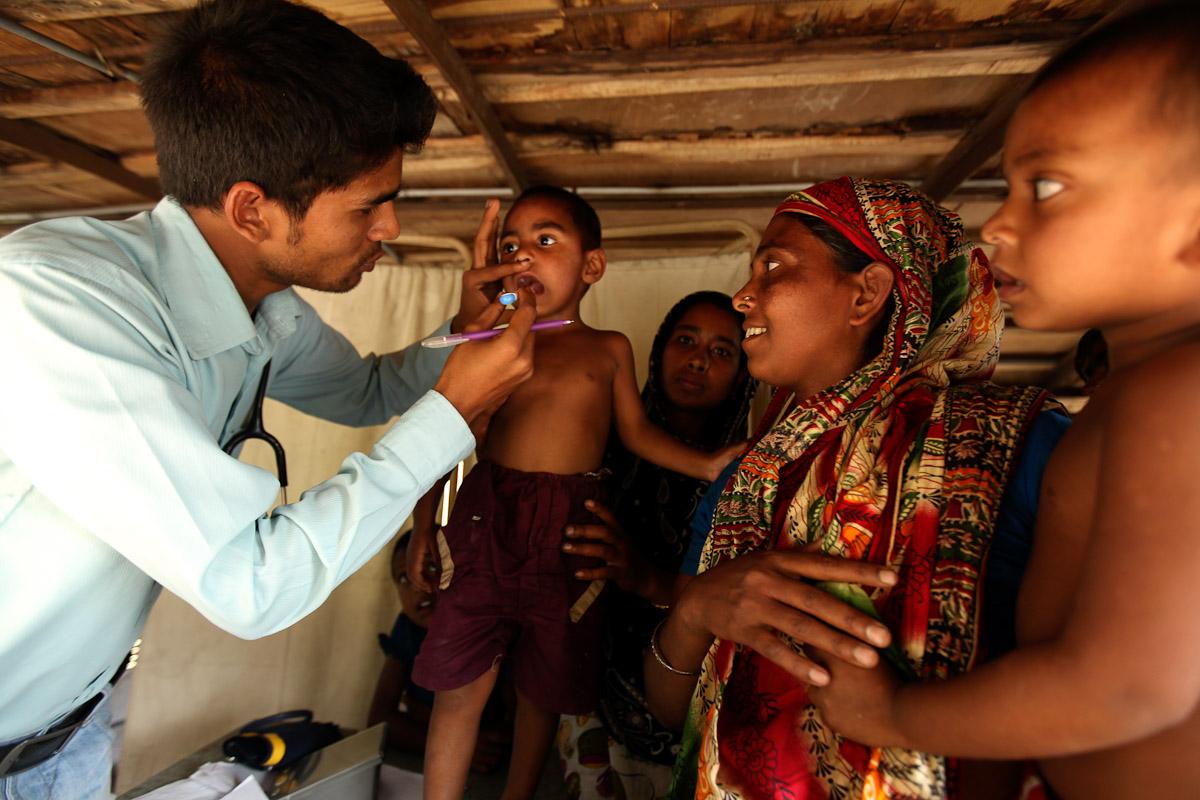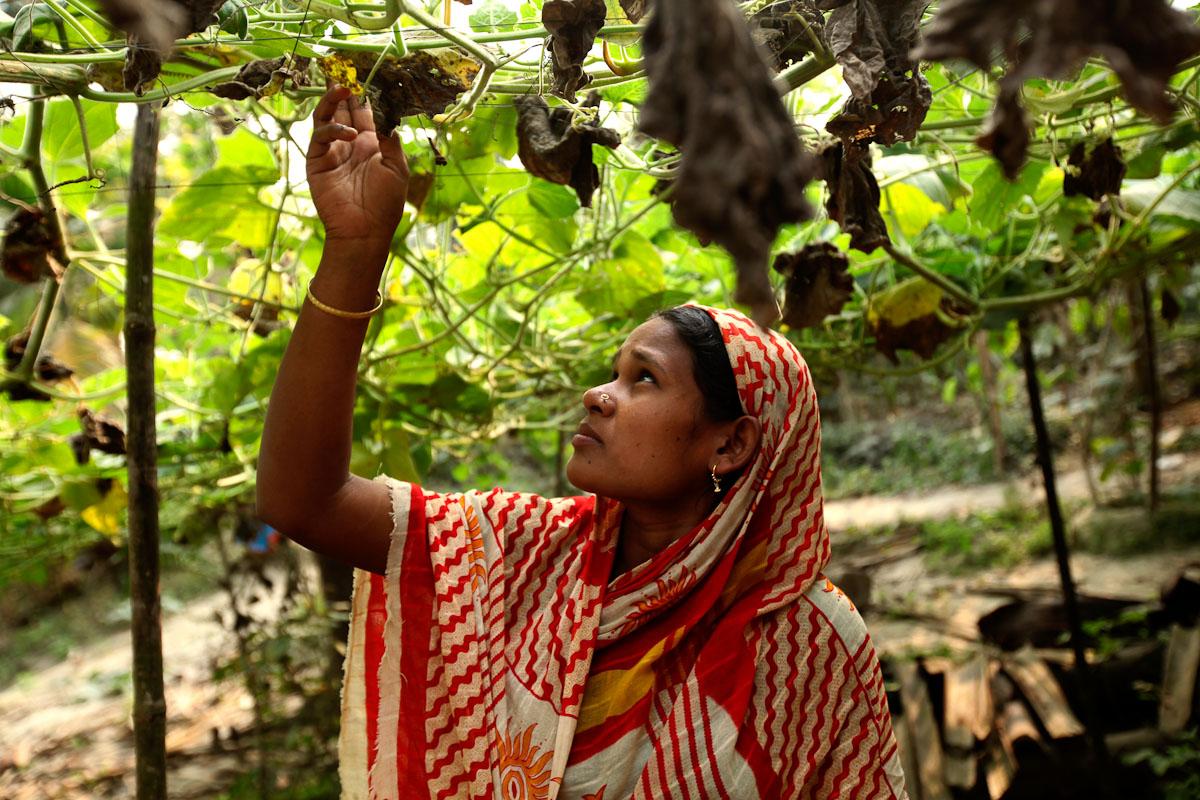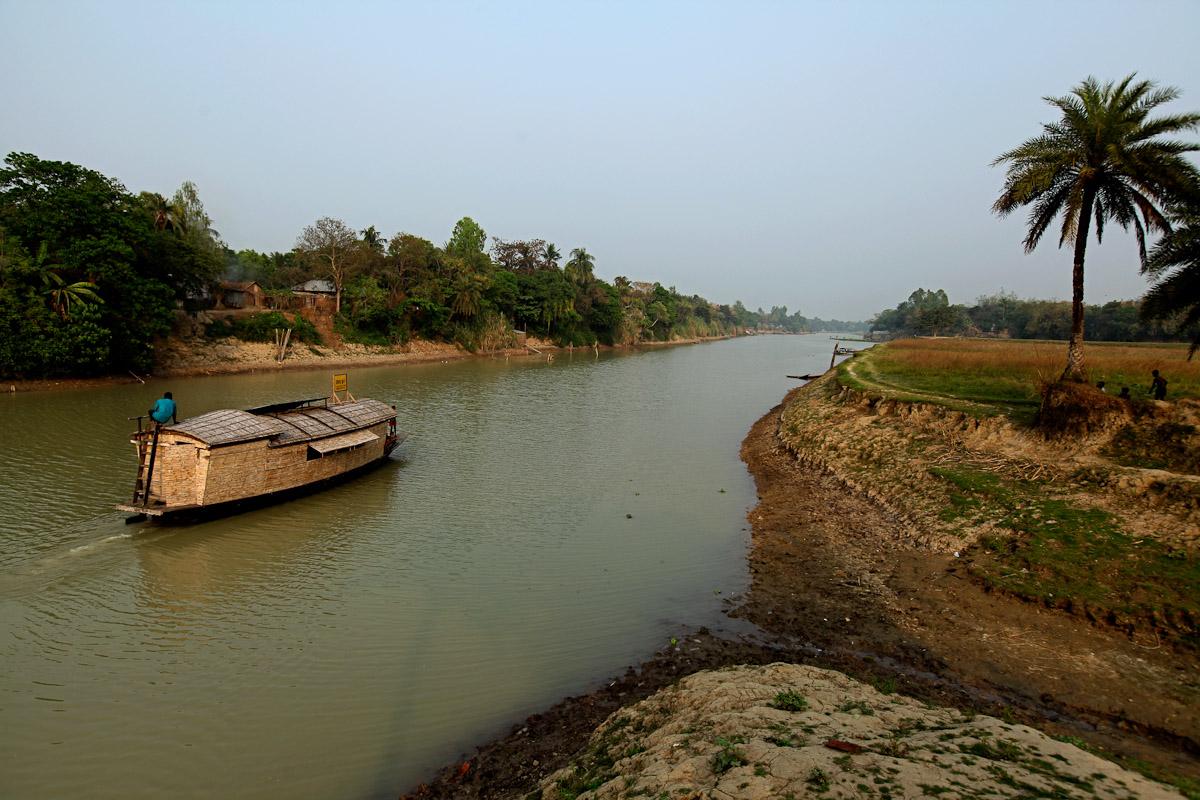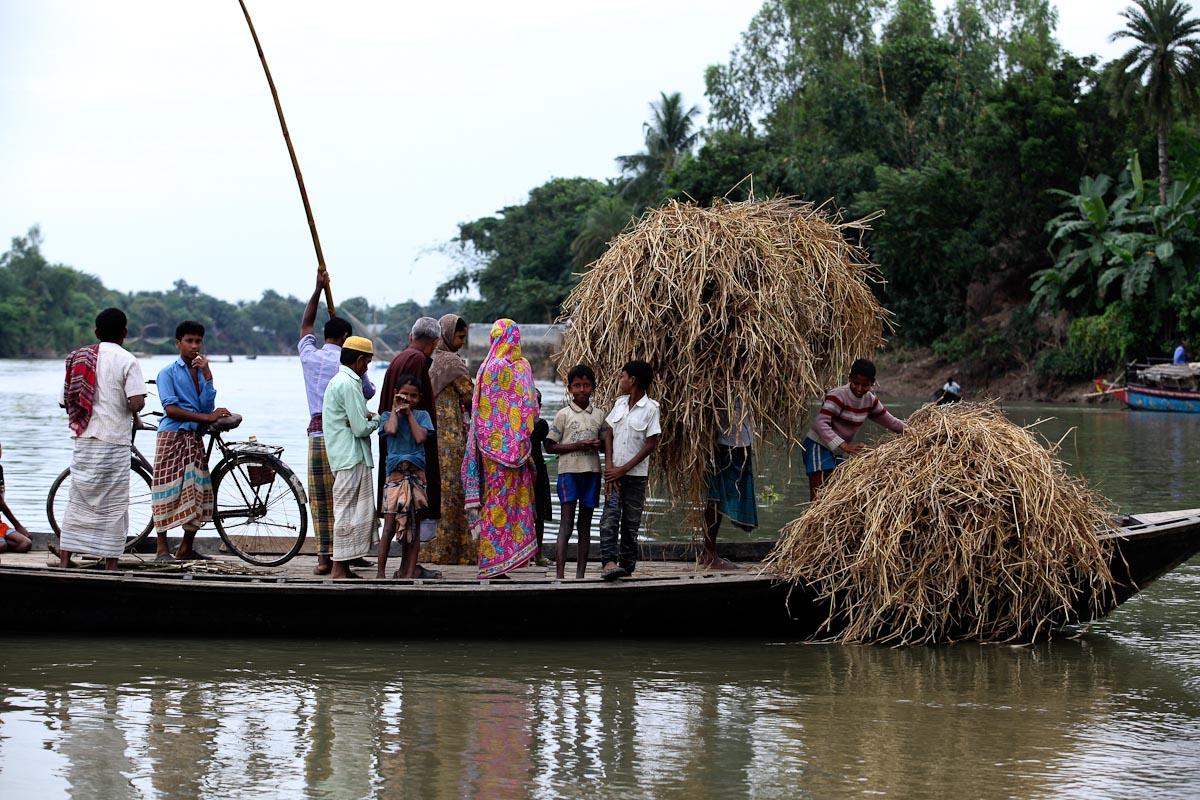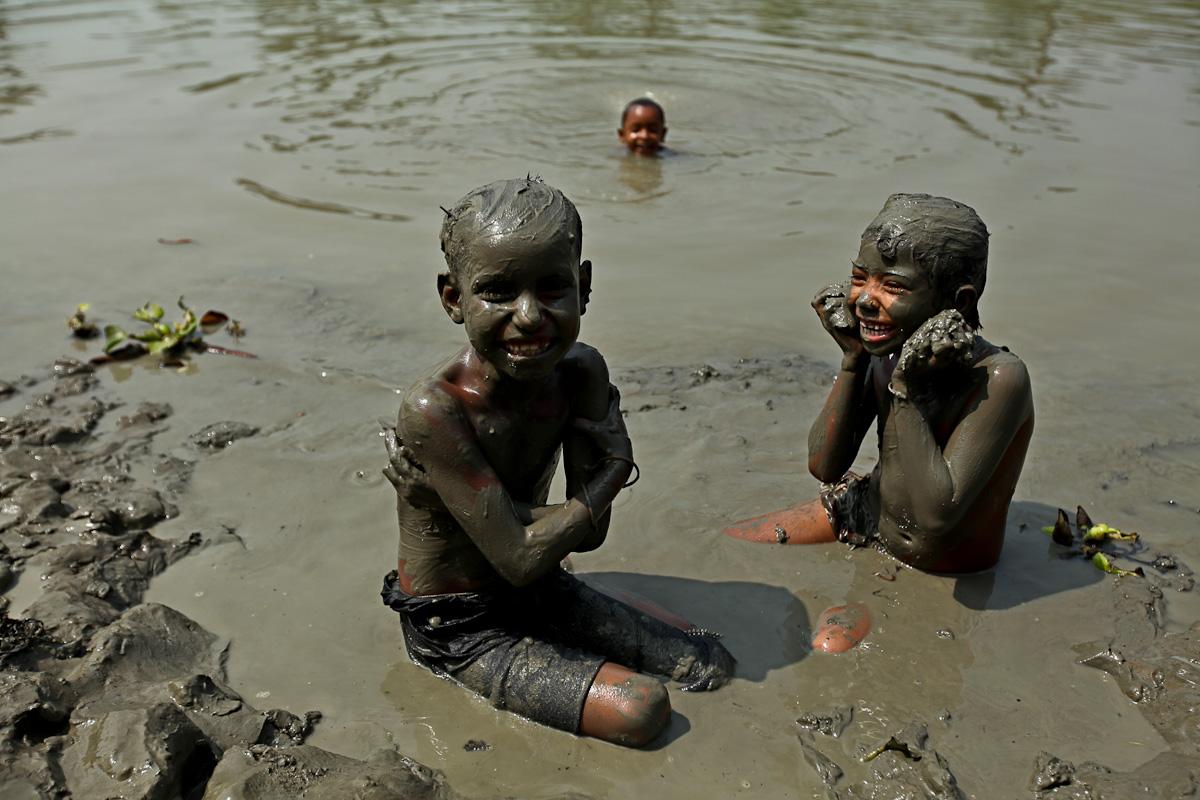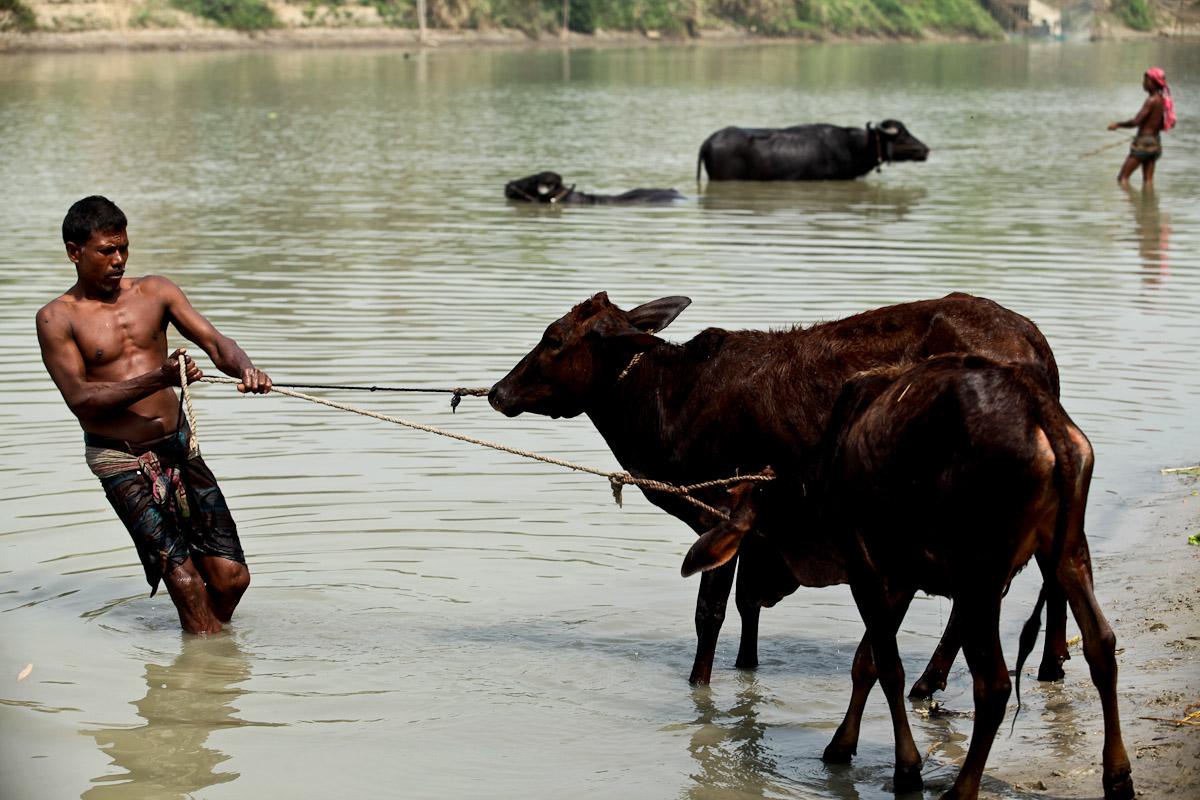FotoDevelopment
Boat Schools of Bangladesh by Abir Abdullah
Nature has never made it easy to live in Bangladesh. The country is situated in the low-lying Ganges Delta, formed by the confluence of the Ganges, Brahmaputra and Meghna rivers, and most of it is less than 10 meters above sea level. The northern part of the country is regularly swamped by flooding and the southern coast is frequently battered by cyclones and tornadoes. Bangladesh is one of the poorest countries in the world and has one of the highest population densities with 150 million people situated on a land mass of 144,000 sq. kms. Millions of people live in river basins and are forced to battle against the elements, which worsen each year due to the effects of climate change. With increasingly violent cyclones and accelerating glacier melt in the Himalayas, flooding is predicted to create 20 million Bangladeshi “climate refugees” by mid-century as 17 per cent of land is lost to the sea.
The floods prevent people from getting access to basic services, such as education and healthcare, as the road networks are cut off for several months of the year. The organisation Shidhulai Swanirvar Sangstha is working to help people in the flood-prone regions of the Natore, Pabna and Sirajganj districts in Bangladesh. The villages have no mains electricity, no telephone lines, very basic sanitation and the inhabitants use water from the river. Many parents are reluctant to let their daughters travel to distant towns for education or training. Shidhulai has come up with an innovative solution, which involves using the river as a communications network. Shidhulai has converted boats into solar-powered floating schools, libraries, healthcare units and trainings centres to serve the isolated waterside communities.
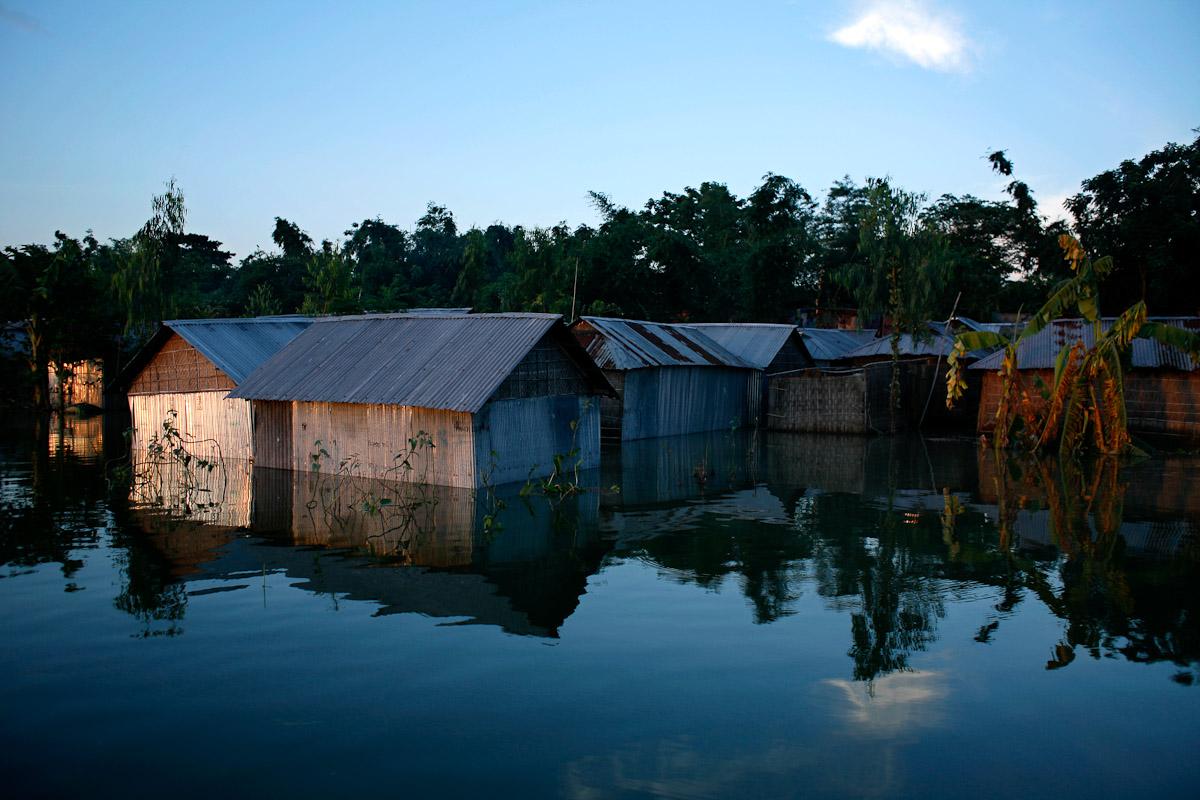
Houses made of straw, bamboo and tin are often submerged under water during the monsoon season.

